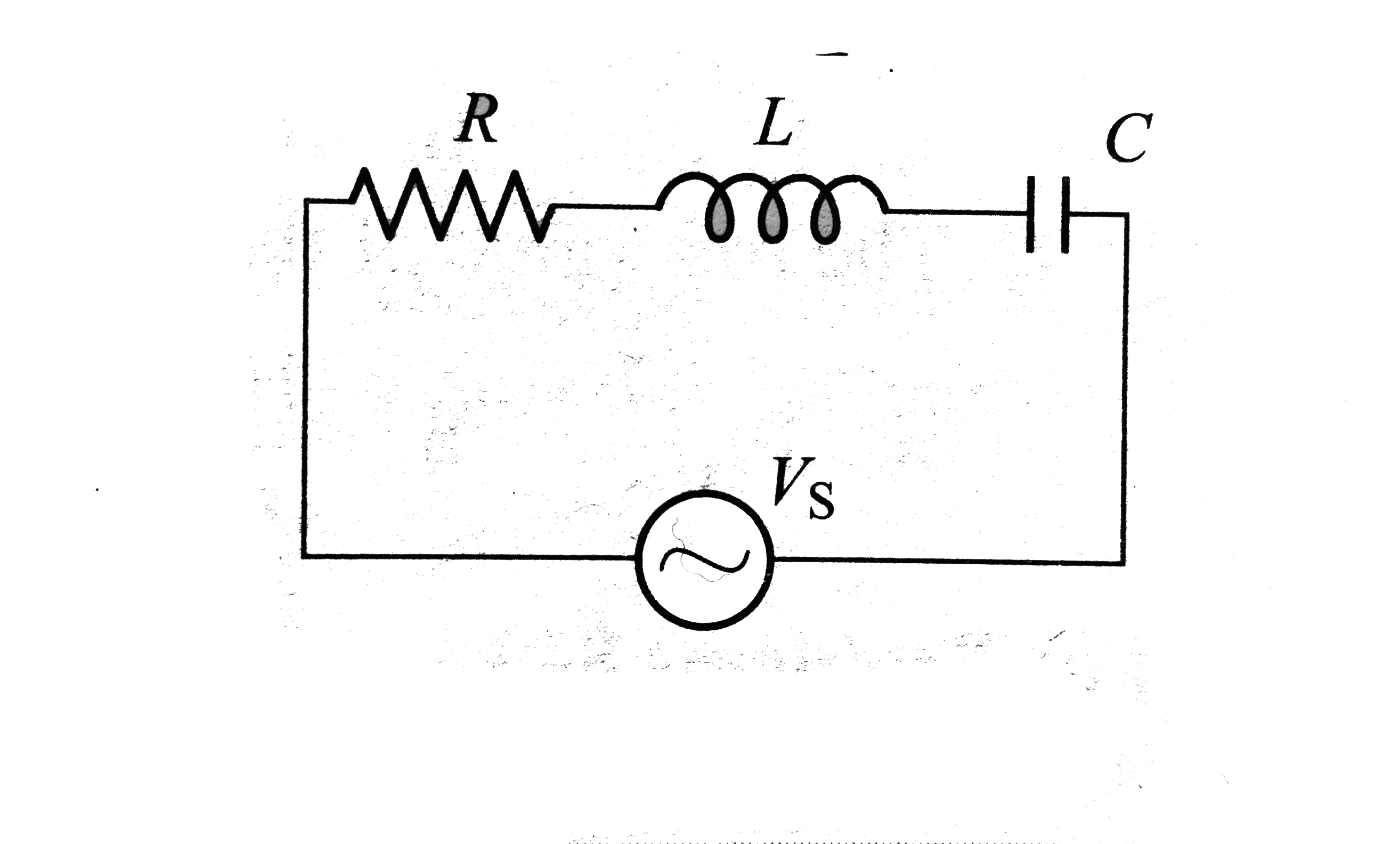The potential difference between the two ends of the three mponents of L-C-R series A.C. circuit are VL,VC and VR respectively. Then voltage of A.C. source is ……..Solution in Gujrati
VL+VC+VR
VR+VL−VC
√V2R+(VL+VC)2
√V2R+(VL−VC)2
The correct Answer is:A
Step by step video, text & image solution for The potential difference between the two ends of the three mponents of L-C-R series A.C. circuit are V_L, V_C and V_R respectively. Then voltage of A.C. source is …….. by Physics experts to help you in doubts & scoring excellent marks in Class 12 exams.
Updated on:21/07/2023Topper's Solved these Questions
- ALTERNATING CURRENTS BOOK - KUMAR PRAKASHANCHAPTER - ALTERNATING CURRENTS EXERCISE - SECTION-D MCQs (COMPETITIVE EXAMS)
64 Videos
- ALTERNATING CURRENTS BOOK - KUMAR PRAKASHANCHAPTER - ALTERNATING CURRENTS EXERCISE - SECTION-C NCERT EXEMPLAR (Long Answer)
5 Videos
- ATOMSBOOK - KUMAR PRAKASHANCHAPTER - ATOMSEXERCISE - Section-D -MCQs asked in GUJCET / Board Exam
34 Videos
Similar Questions
Power factor of AC series circuit having resistance R and inductor L having angular frequency ω is ……..
View SolutionAn electrical device draws 2 kW power from AC mains (voltage 223V (rms) Vrms = √50000 V ). The current differs (lags) in phase by (tanϕ=−34)
As compared to voltage. Find (i) R, (ii) XC−XL , and (iii) IM. Another device has twice the values for R, XC and XL. How are the answers affected ?
View SolutionThe ratio of longest wavelength and the shortest wavelength observed in the 5 spectral series of emission spectrum of hydrogen is .......
View SolutionStatement 1: In a series RLC circuit if (VR),(VL)and(VC) denote rms voltage across R,L and C respectively and (VS) is the rms voltage across the source. Then (Vs)=(VR)+(VL)+(VC)
Statement 2: In ac circuit, Kirchhoff's voltage law is correct at every instant of same.

View Solutionकोई प्रयुक्त वोल्टता संकेत (applied voltage signal) एक d.c. वोल्टता तथा उच्च आवृत्ति के एक a.c. वोल्टता के अध्यारोपण (superposition) से बनता है । यदि परिपथ एक श्रेणीबद्ध L-C परिपथ से बनता हो , तो सिद्ध करें कि d.c.संकेत C पर तथा a.c. संकेत L के सिरों के बीच प्रकट होगा ।
View SolutionIn a series L-R circuit, under which condition the power loss will be least for an a.c voltage source?
View SolutionAn L-C-R circuit is connected to a source of A.C. current. At resonance, the phase difference between the applied voltage and the current in the circuit, is
View SolutionThe phase difference between the current and voltage of a LCR series a.c. circuit at resonance is
View SolutionIn an A.C. series circuit of L-R voltage applied is 220 V, if the potential difference across two ends on inductor is 176 V then the potential difference across two ends of the resistance will be ……
View SolutionIn series L-C-R circuit, resistance, inductance and capacitance are connected in series. The value of potential difference across three are 70 V, 90 V and 65 V respectively. The value of potential difference of A.C. source is …...
View SolutionIn a L-C-R series A.C. circuit, the voltage across each of the components, L, C and R is 50V. The voltage across the L-C combination will be ......
View SolutionThe phase difference between current and voltage for L-C-R A.C. series circuit is …….
View SolutionIn a series resonant circuit, the A.C. voltages across resistance R, inductor L and capacitor C are 5V, 10V and 10V respectively. The A.C. voltage applied to the circuit will be .......
View SolutionStatement 1: In a series RLC circuit if (VR),(VL)and(VC) denote rms voltage across R,L and C respectively and (VS) is the rms voltage across the source. Then (Vs)=(VR)+(VL)+(VC)
Statement 2: In ac circuit, Kirchhoff's voltage law is correct at every instant of same.

View SolutionL - C - R Series A.C. Will the art-difference between voltage and current during resonance in the circuit be ........................?
View Solution
